We are excited to host another air-cooled service school!
When: January 12th -13th, 2022
Where: WINCO Factory in Minnesota
Will there be snow? Probably
To register, email [email protected]
See you soon!

We are excited to host another air-cooled service school!
When: January 12th -13th, 2022
Where: WINCO Factory in Minnesota
Will there be snow? Probably
To register, email [email protected]
See you soon!

Our next Service School will be June 1st – 2nd, 2022
We promise the weather will be warmer than it was during our January Service School!
Our Service experts have been working hard to create the best techniques to keep you current on how to service our generators.
• More hands-on training
• We focus on current and past models
• Take a tour and meet our staff
• Air-Cooled models
To register for June Service School, email [email protected]
We had a great turn out for our January Service School. Thank you to all that were able to attend!
Our service team and engineers discuss the ins and outs of engines, generator ends, engine controls, and transfer switches.

We were grateful that legend-that-is JR, was able to share his wisdom. We tapped into his many years of experience to bring knowledge of the older models. Since we still have older models working hard, it is important to train how to keep them at top notch for use for many years.
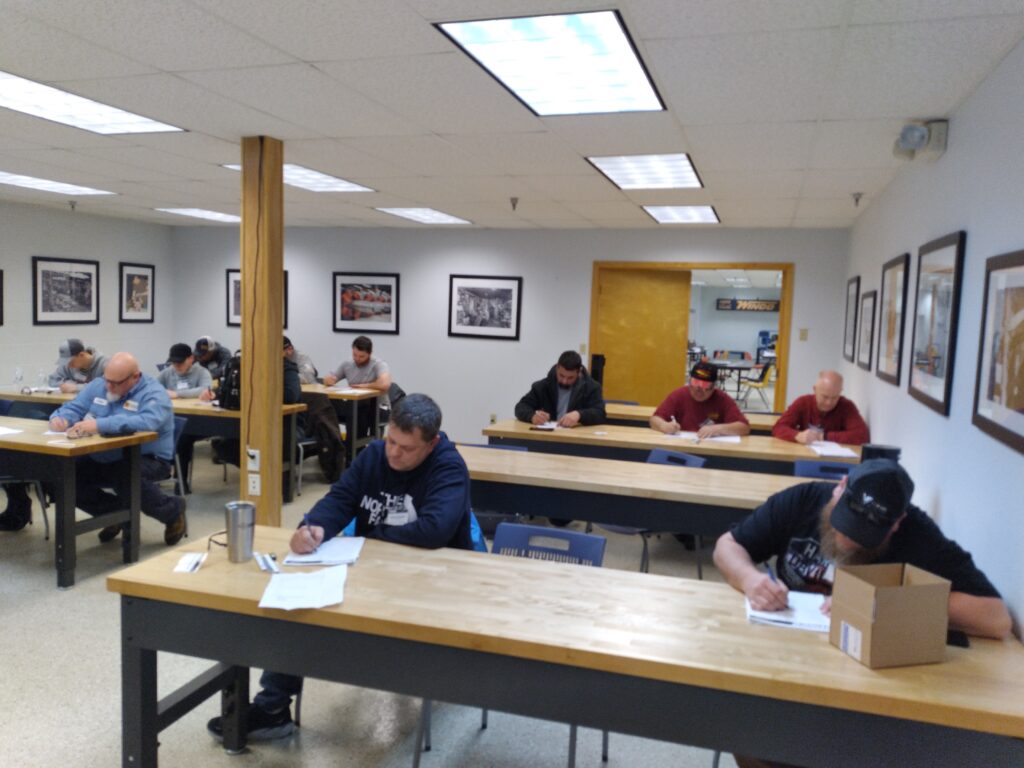
Classroom
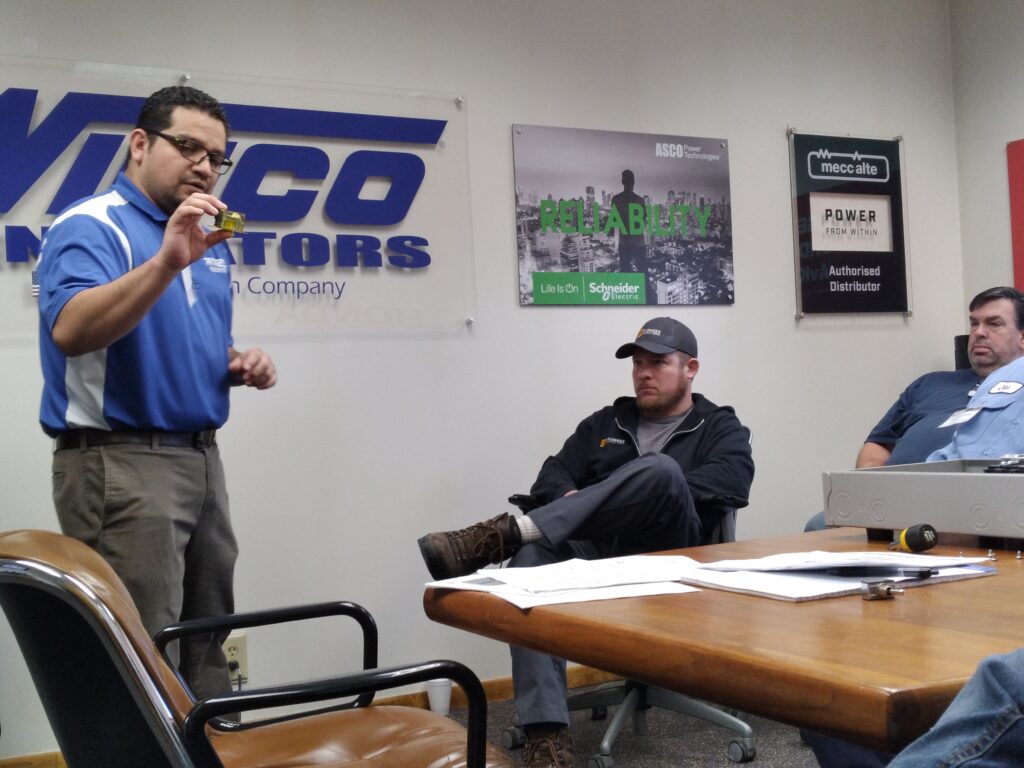
Transfer Switches
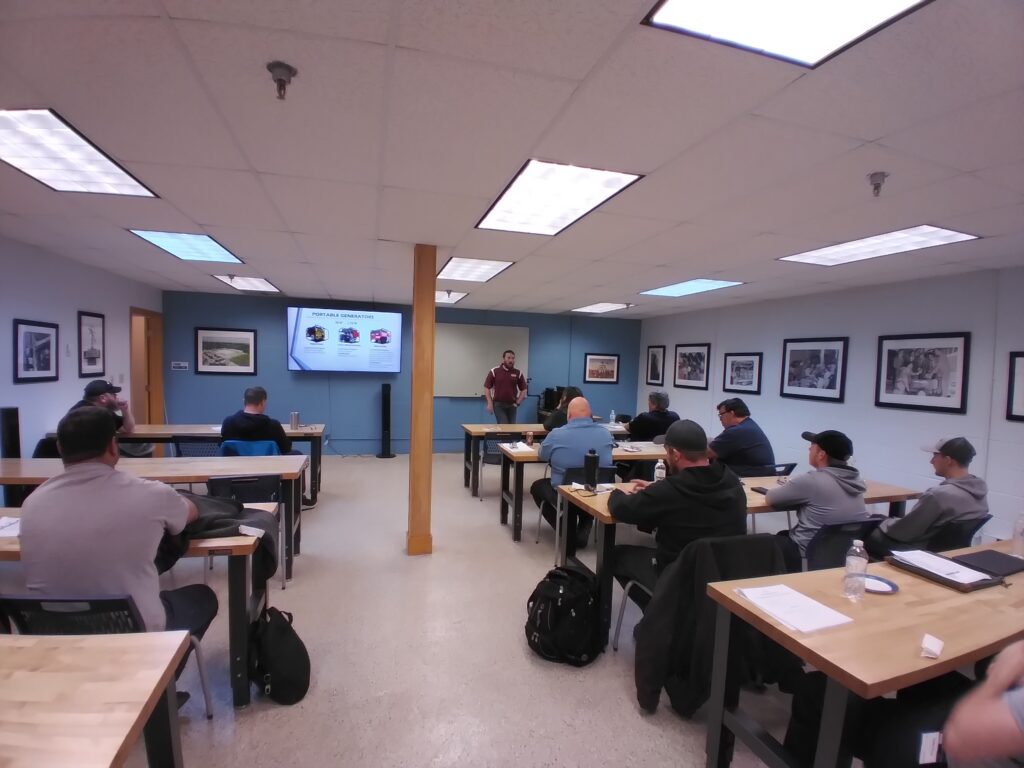
Product Review
We added in more time for hands-on experiences. Troubleshooting generator ends, in-depth power distribution, and engine labs.
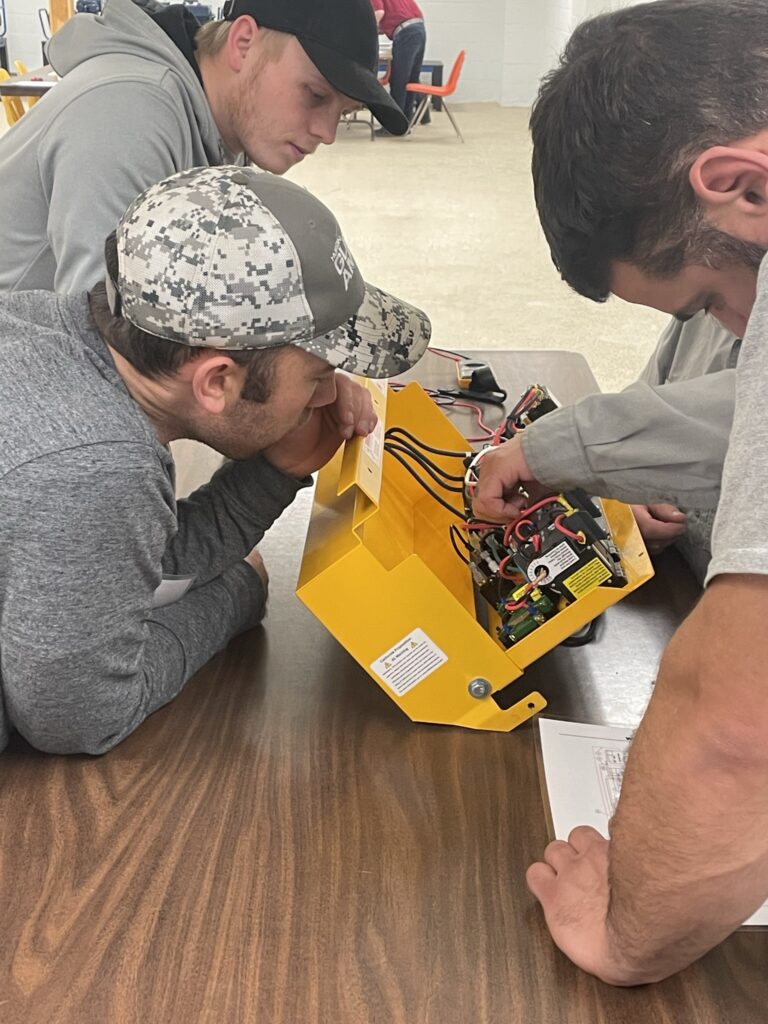
Power Distribution
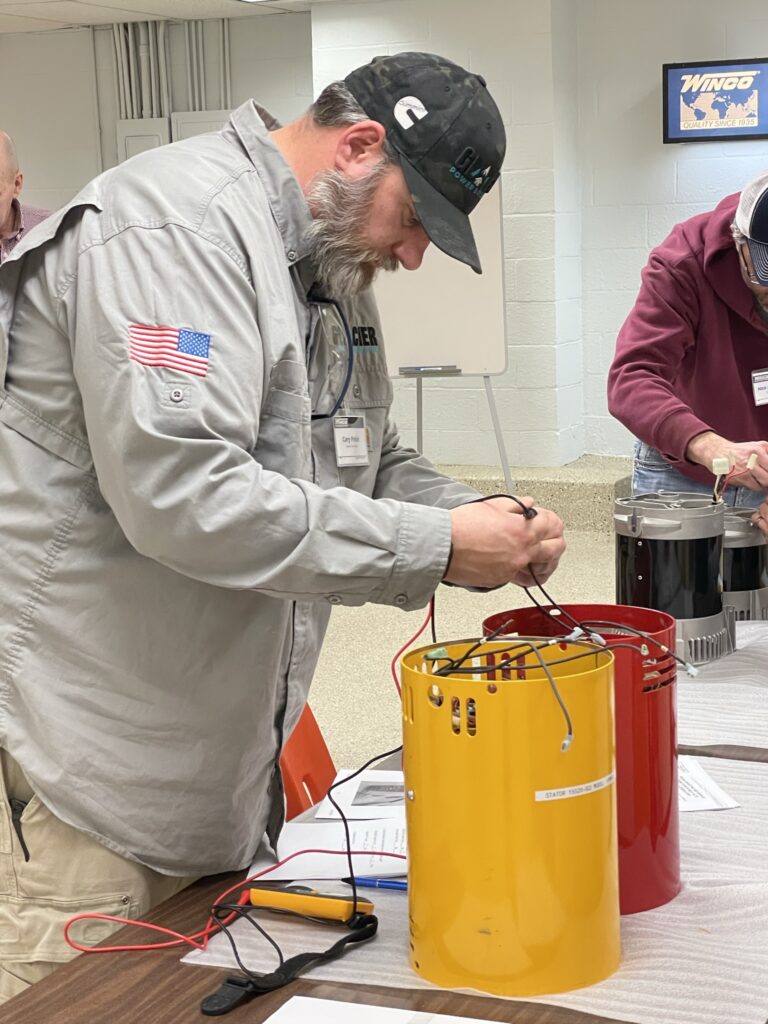
Generator Ends
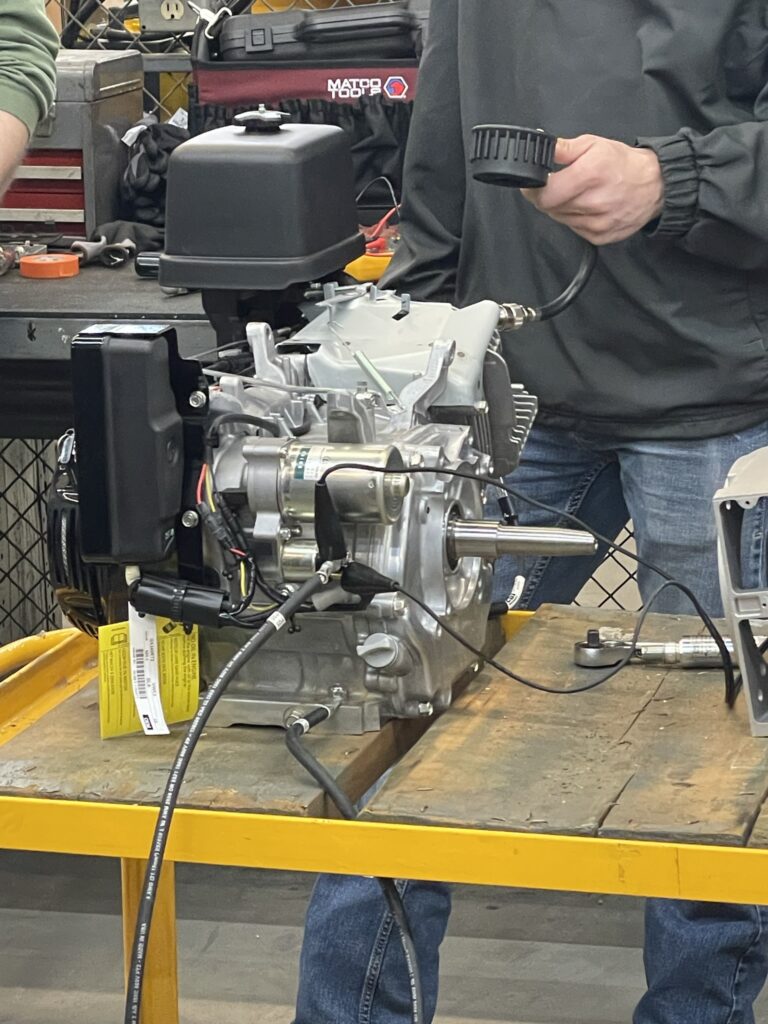
Engines
We love showing off our factory! New machines, new spaces, and meet our amazing employees!
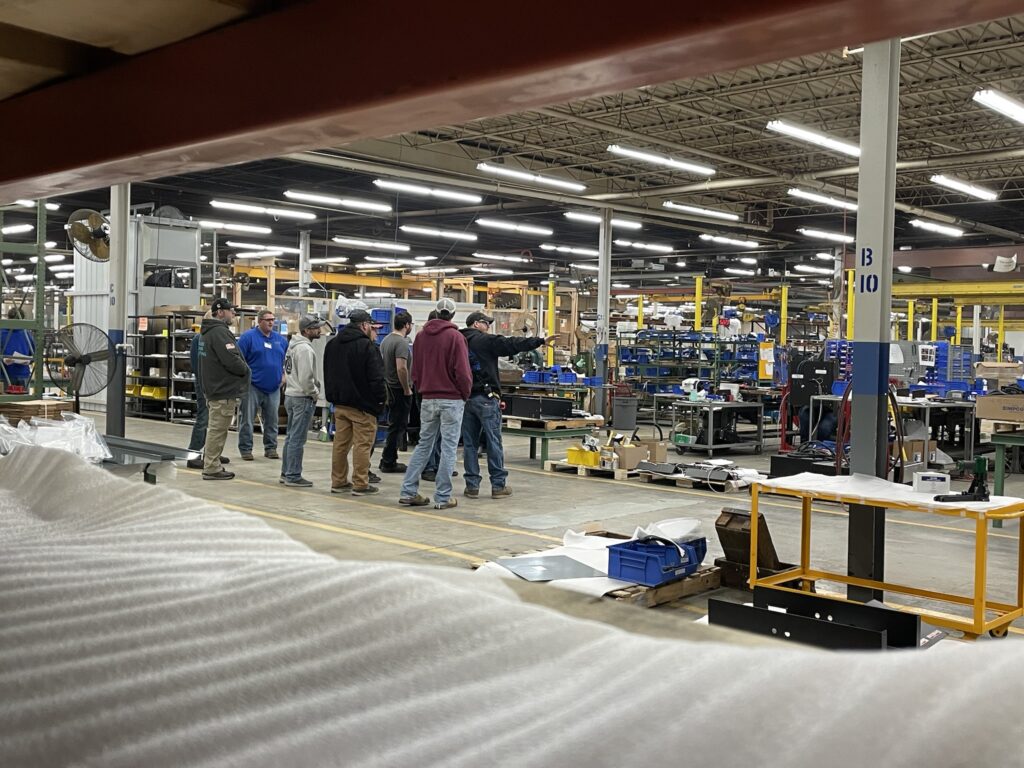
Sub-Assembly
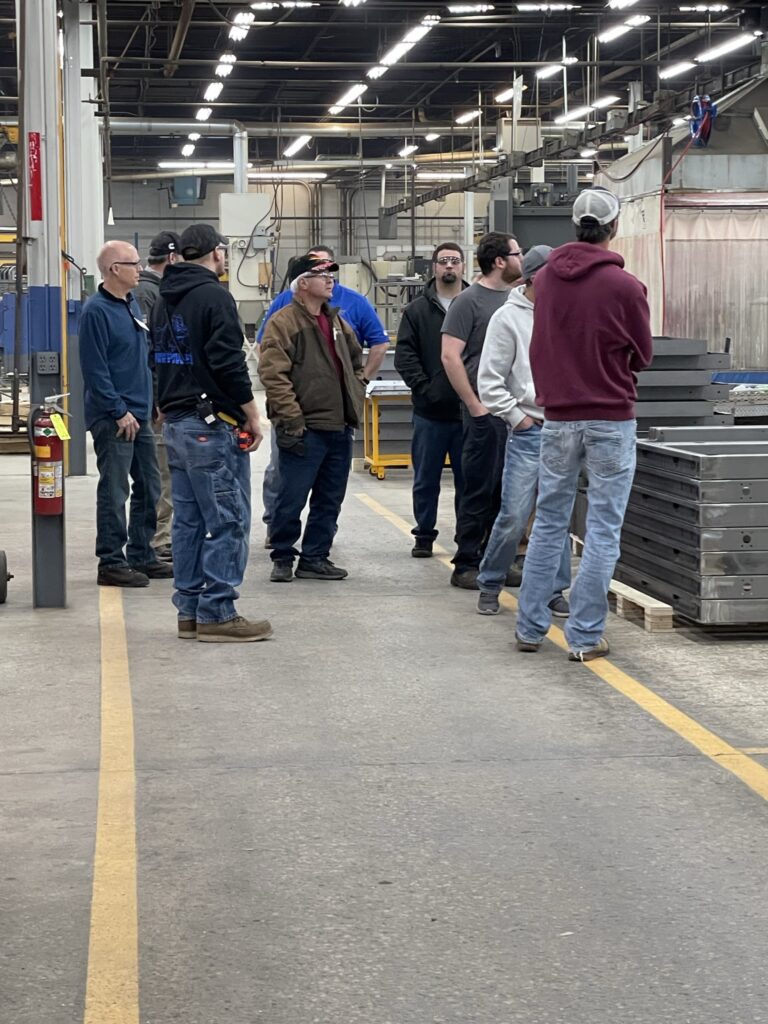
Paint Department
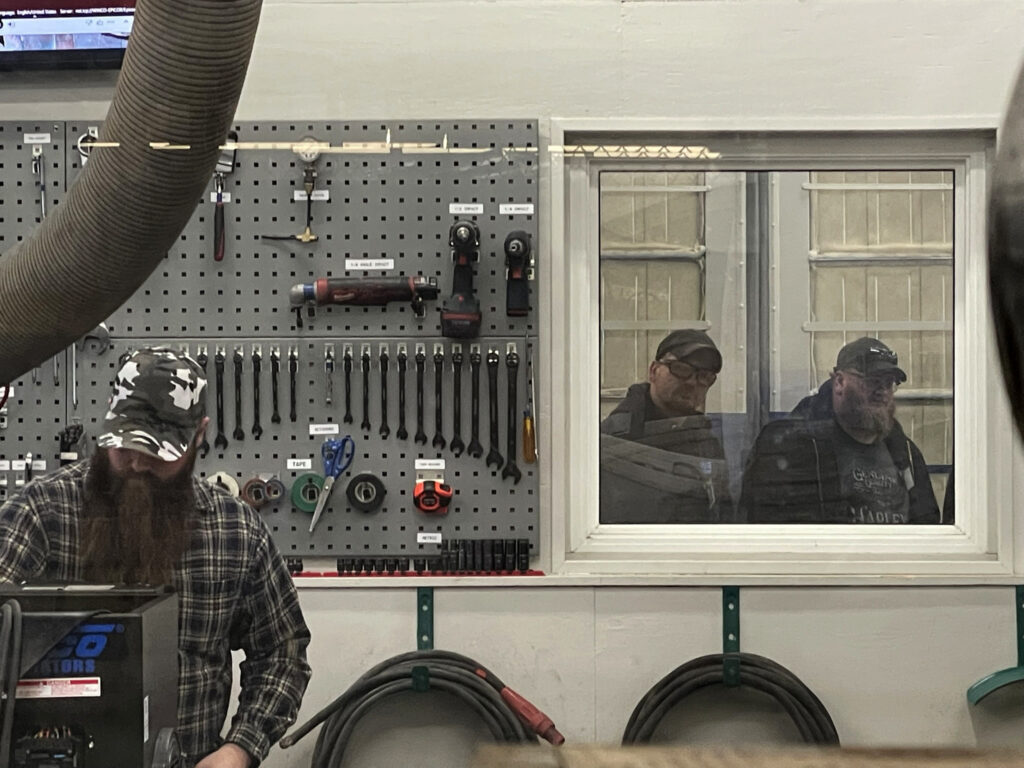
Liquid-Cooled Test Bay
Stay tuned for our liquid-cooled service school announcement!
See you soon!

The NFPA 70 700.3 (f) is a newer electric code specifically meant for a critical facility. These type of facilities already have an emergency generator in place. With the new code, these facilities now have to have a back-up power system in place for when their emergency generator is off-line. Simply put, you need a temporary back up generator for your permanent generator.
It is likely that you will be needing a portable/towable generator with a manual transfer switch. Your manual transfer switch will be installed after the automatic transfer switch and normally, there is a need for a docking station for the temporary generator.
Temporary Source of Power for Maintenance or Repair of the Alternate Source of Power. If the emergency system relies on a single alternate source of power, which will be disabled for maintenance or repair, the emergency system shall include permanent switching means to connect a portable or temporary alternate source of power, which shall be available for the duration of the maintenance or repair. The permanent switching means to connect a portable or temporary alternate source of power shall comply with the following:
It shall be permissible to utilize manual switching to switch from the permanent source of power to the portable or temporary alternate source of power and to utilize the switching means for connection of a load bank.
You can find all of our available manual switches here.
The Winco team is excited to announce the remaining 2020 Service School schedule. These training classes help both new and seasoned techs with access to the Winco sales, engineering, service and production personnel. We also have classroom and hands on exercises to get familiar with Winco products and what you can expect to see in the field. Each training class is free of charge and includes a nice dinner.
Air-Cooled Sales and Service Training
Due to the COVID-19 pandemic, we regrettably have cancelled this training class. Please contact your WINCO sales account manager with any questions.
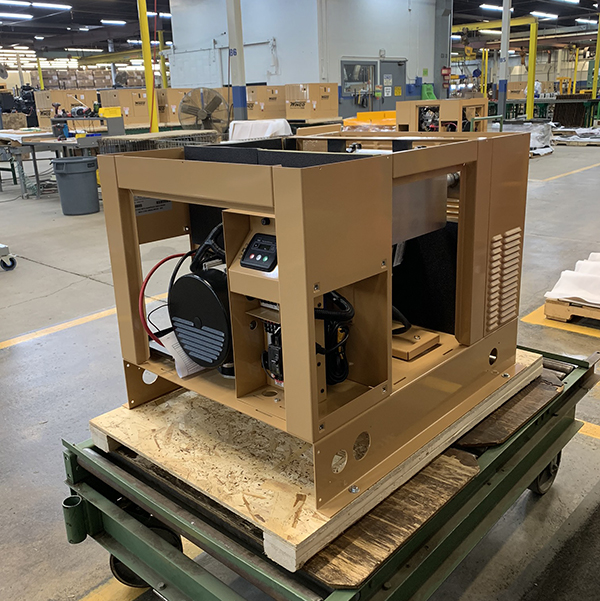
Date: May 12-13
Location: Le Center, Minnesota
The air-cooled service school is split into two days; day 1 focusing on sales topics, with day two focusing on service. You can sign up for sales only, service only or both.
Liquid-Cooled Service Training
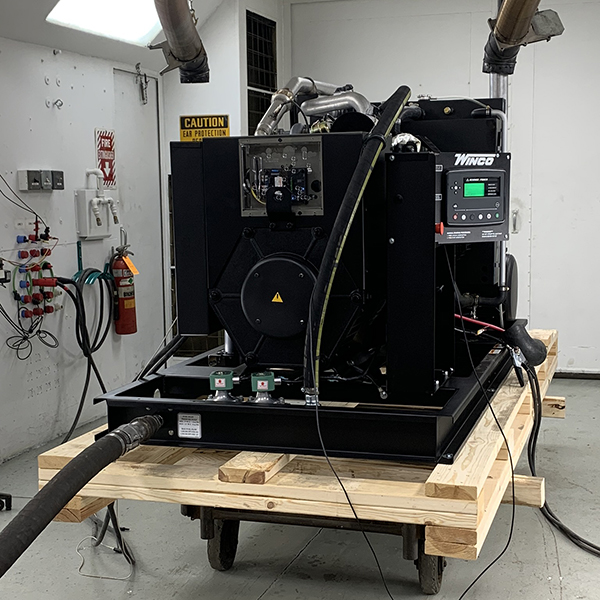
Date: August 11-12
Location: Le Center, Minnesota
This course focuses on Deep Sea Controllers, Asco transfer switches, paralleling and our new mobile diesel product line. There will be a combination of hands on classes with some classroom instruction.
Air-Cooled Sales and Service Training
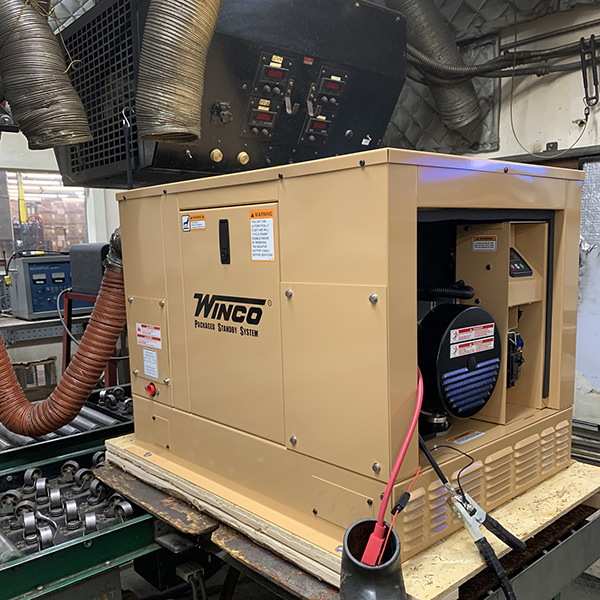
Date: October 6-7
Location: Le Center, Minnesota
The air-cooled service school is split into two days; day 1 focusing on sales topics, with day two focusing on service. You can sign up for sales only, service only or both.
Click here to read what we focused on during our January Service School.
If you would like more information or to sign up for any of these classes, email [email protected]
See you soon!

–BIG DOG
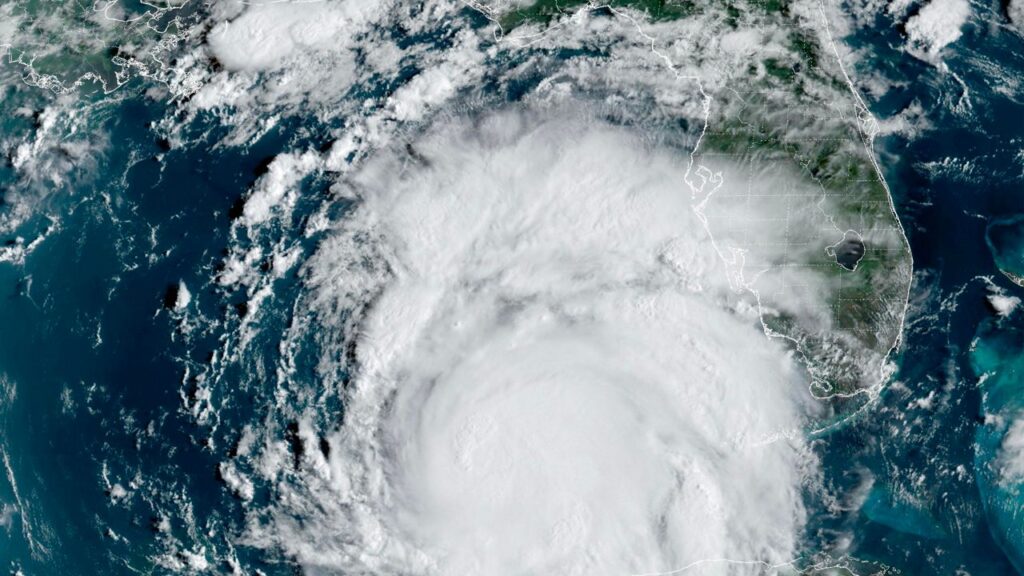
Our nation is buckling up for a new tropical storm/hurricane season. Hurricane Beryl has become the earliest forming Category 5 hurricane on record. After bringing catastrophic destruction in the Caribbean, Hurricane Beryl made its way through the Gulf of Mexico as a Category 1 hurricane and made landfall near Matagorda, Texas. Two days after US landfall, the post-tropical storm made its way to Ontario, Canada. The NOAA is forecasting 17 to 25 named storms in the Atlantic. Of those, eight to thirteen are forecasted to become hurricanes, four to seven of those storms could potentially become major 3, 4 or 5 category hurricanes.
While some residents won’t get the brunt of the storms, many still feel the effects. Surrounding regions often have power outages that can take days to weeks to restore.
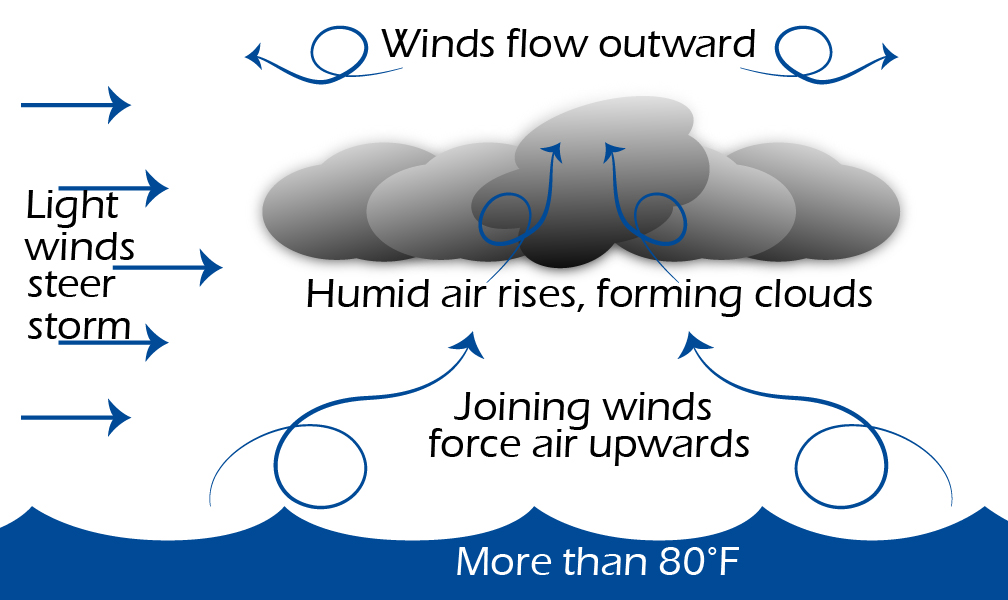
Often, tropical storms begin as a tropical wave. This low pressure area moves through the tropics, that can form showers and thunderstorms. As these storms continue to move across the ocean, warm air rises into the storm.
The air rushing into the system rises and cools, forming droplets in the clouds, which feeds more heat to power the storm. Winds then steer the storm.
This is when water is pushed towards the shore, rising the water level creating significant flooding. A storm surge
doesn’t just affect the coasts, it can also travel inland through rivers and bays.
A lot of rainfall in a short amount of time can create significant flooding. Flooded streets pose a deadly hazard for those traveling on the roads. This is why it is important to evacuate before the storms make landfall.
You hear forecasters talk about hurricane categories. Each category has a range of wind speeds. While all hurricane
force winds are life-threatening, the higher the category, the more catastrophic the damage will be.
| CATEGORY | WIND SPEED | RESULT |
|---|---|---|
| 1 | 74-95 mph | Some Damage |
| 2 | 96-110 mph | Extensive Damage |
| 3 | 111-129 mph | Devastating Damage |
| 4 | 130-156 mph | Catastrophic Damage |
| 5 | 157 mph or more | Catastrophic Damage |
Thunderstorms most often occur well away from the center of a hurricane, but sometimes can develop around the eyewall.
Rip tides can be deadly from distant storms. Always be aware of the weather further away, just because it is nice on the beach where you are, doesn’t always mean it is safe.
First and foremost, everyone’s safety is the priority. Please listen to evacuation notices. Have an evacuation plan before you need it. If you are not in the path, but could still live with the aftermath, we want you to be prepared. Having an emergency kit is an essential, for all homes.
Storms can impact the safety of city water with contaminants or could be shut off. Having a stock of water is a necessity.
Food that have a longer shelf life, such as beans, nuts, peanut butter, granola bars, powdered milk, etc.
With cellular phones being the most popular forms of communication, having non-electrical ways to keep your phone
powered is key to stay connected with emergency systems.
Your kit should be more than a few Band-Aids. Invest in a complete kit so you will be prepared for injuries.
Take in consideration of you and your family’s needs. Make sure you have enough of your medication or other health
related items you may need.
When stocking up on food and water, it is always a good idea to periodically check your inventory’s expiration dates.
Even bottled water expires within a year. Games, books, and puzzles are other items to have on hand. Let’s face it, without technology, we can get bored pretty easily. Be aware of your personal circumstances too when getting an emergency kit together.
Power outages can affect appliances that remain plugged in when power is restored. This could damage the equipment and/or be unsafe for use afterwards.
TVs, computers, game consoles, and other small appliances should be unplugged until power is restored.
Refrigerators and freezers should remain plugged in. Food in the refrigerator is safe for only four hours without
electricity. To reduce loss of food, keep doors closed as much as possible and add blocks of ice. Discard perishable foods if they have reached 40°F or higher.
When power comes back on, the network voltage may be higher or lower than the ideal amount. A surge happens
when voltage coming in is too high and it can damage appliances and electronics. Surge protectors are recommended
for appliances or electronics that cannot be unplugged.
A generator can pay for itself, especially if you live in an area that is prone to power outages. For instance, spoiled food in the refrigerator will have to be thrown away meats. Electronics and appliances could get damaged from a power surge.
There are different types of generators to consider:
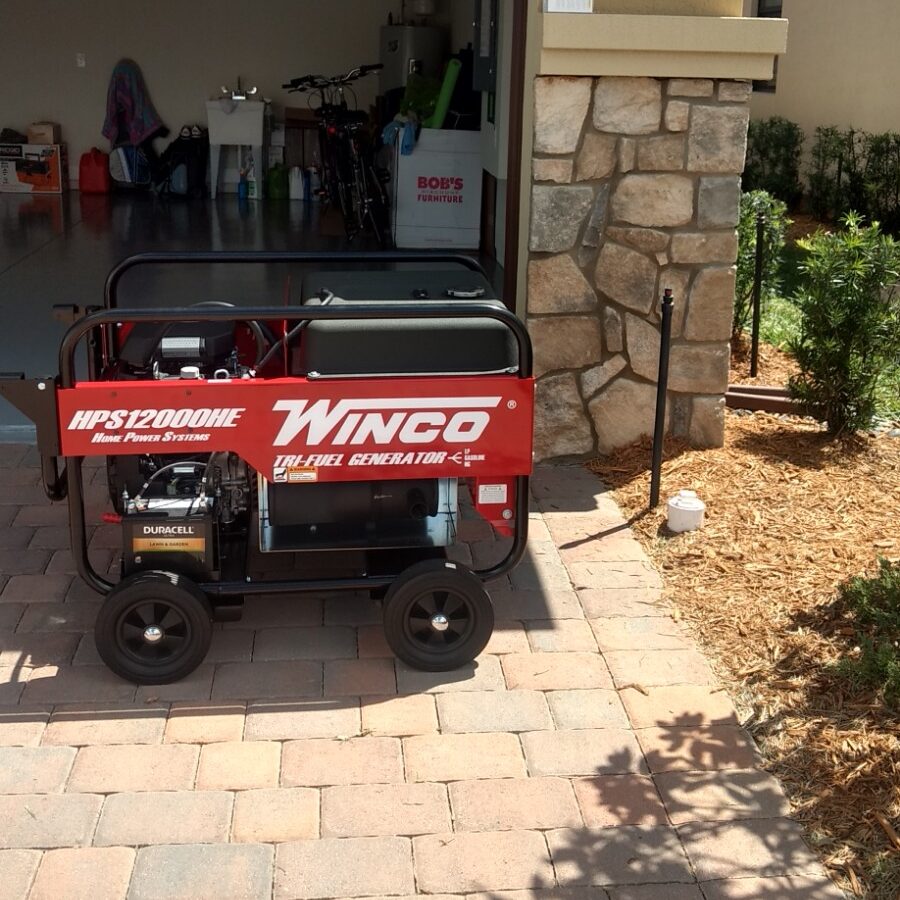 Portable generators can be light enough to move around, or have the ability to attach a wheel kit. These are also great if you need power around the house for odd jobs or for a home shop. You can find portable generators that use fuels other than gasoline, such as propane or natural gas, too.
Portable generators can be light enough to move around, or have the ability to attach a wheel kit. These are also great if you need power around the house for odd jobs or for a home shop. You can find portable generators that use fuels other than gasoline, such as propane or natural gas, too.
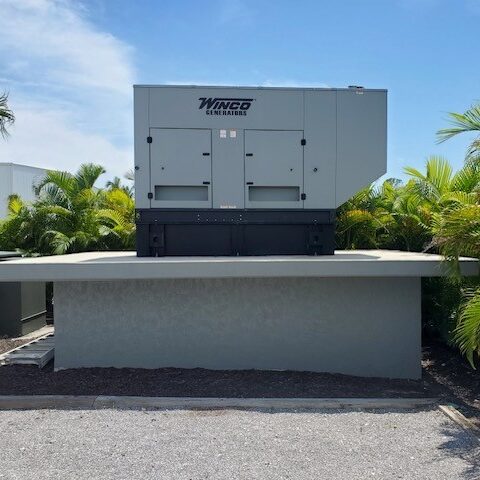 A permanently installed generator can give you piece of mind if the power goes out while you are asleep or away from home. With the addition of a transfer switch, a standby generator will start running once the power goes out. Home
A permanently installed generator can give you piece of mind if the power goes out while you are asleep or away from home. With the addition of a transfer switch, a standby generator will start running once the power goes out. Home
units are typically run on natural gas or propane, but diesel is another fuel source option.
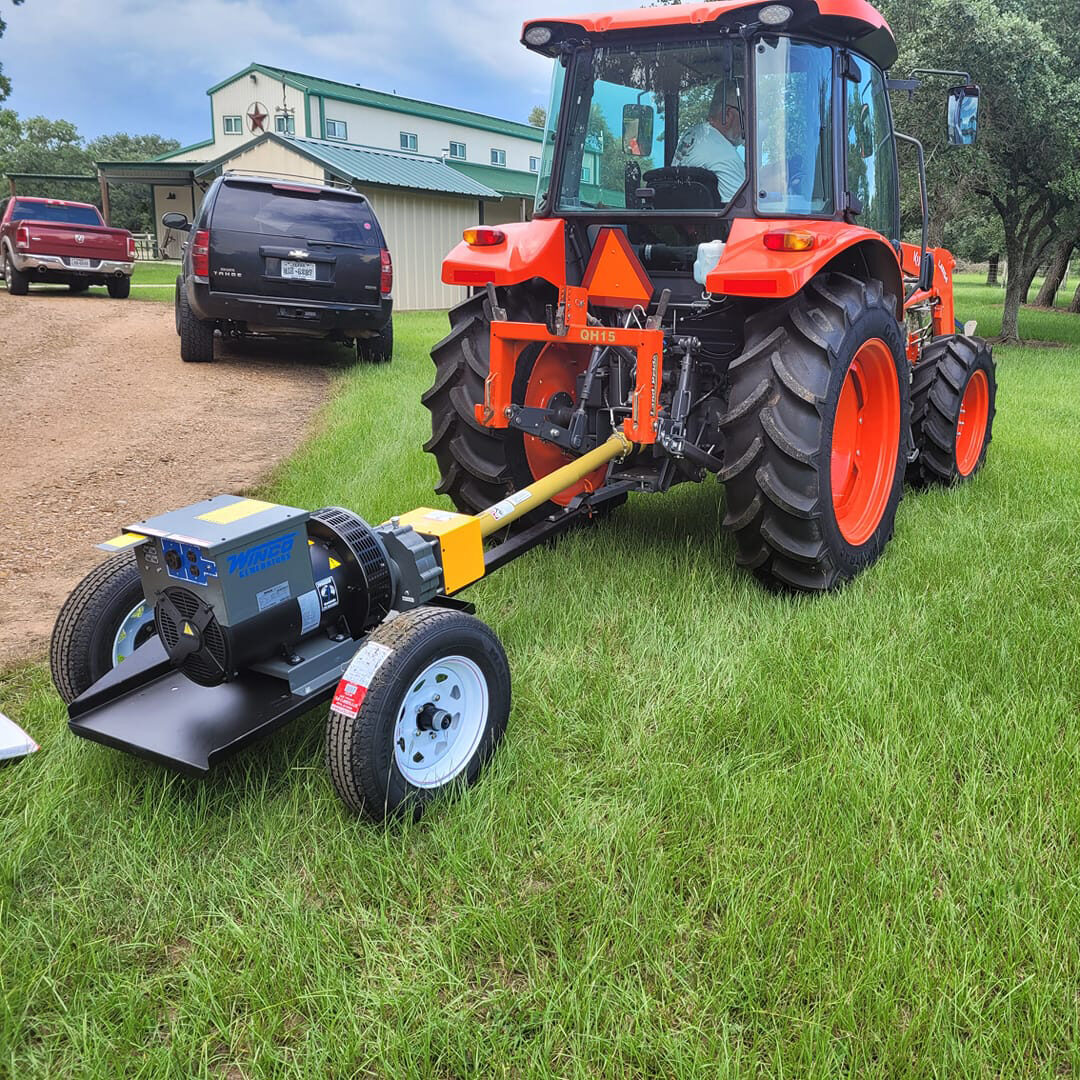 For those who already have a tractor or are in the market for one, a PTO generator can be a cost effective way to get portable power.
For those who already have a tractor or are in the market for one, a PTO generator can be a cost effective way to get portable power.
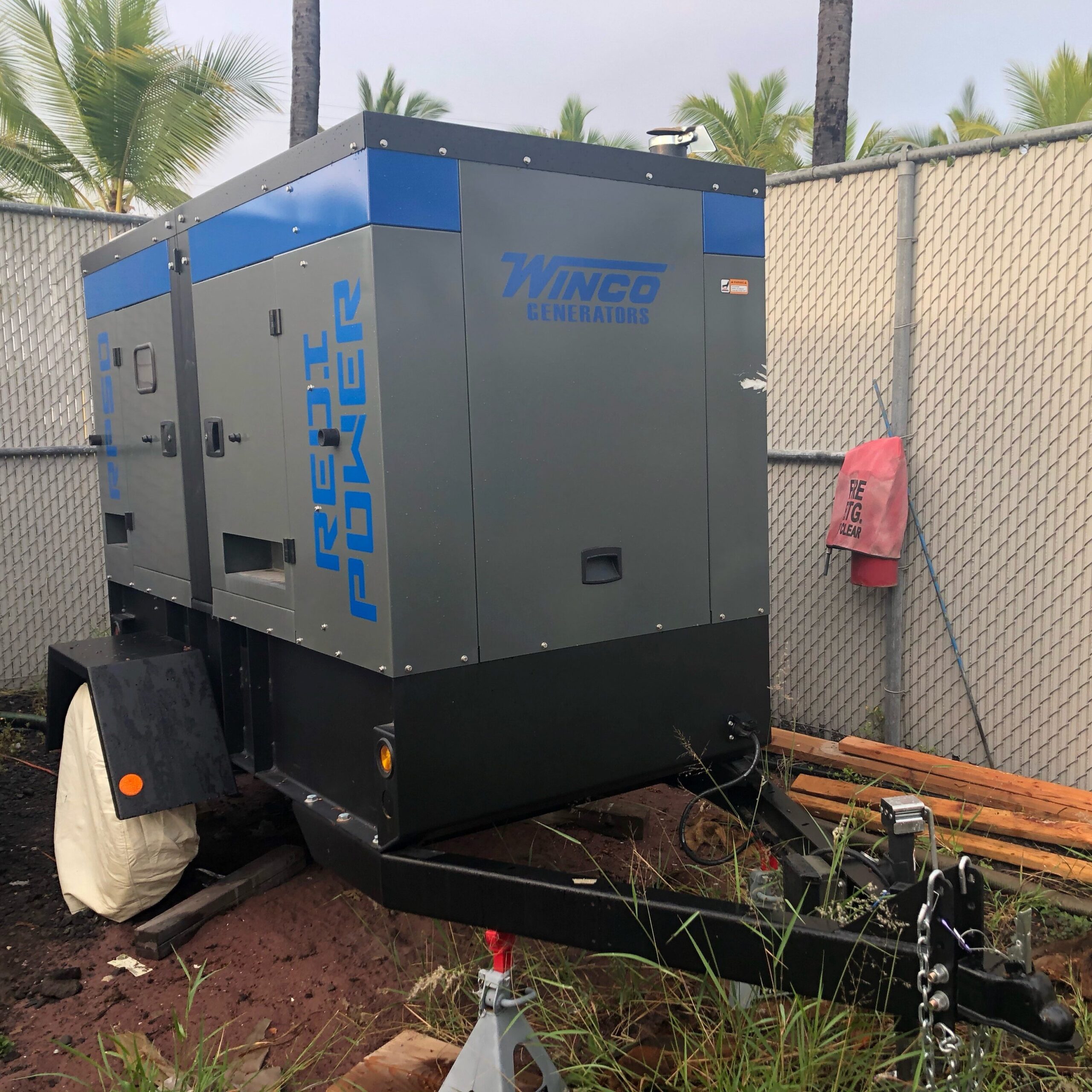 Municipalities, farms, and businesses could benefit with a prime-powered, mobile generator. Mobile generators are able to provide power for larger, critical applications, and can be taken to the exact location.
Municipalities, farms, and businesses could benefit with a prime-powered, mobile generator. Mobile generators are able to provide power for larger, critical applications, and can be taken to the exact location.
The season has already been busy with storms, stay safe!
